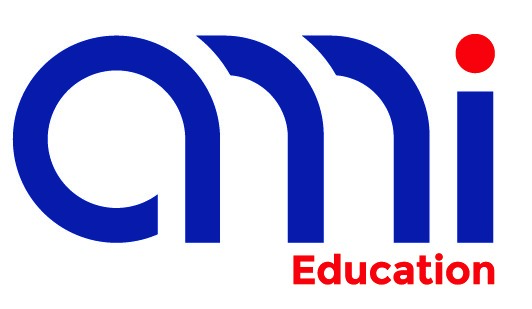This article defines what is constructive feedback? It also sheds light on key elements of constructive feedback in educational settings.
Before we delve into the discussion of what is constructive feedback, it is pivotal to know what it means by feedback in the first place.
What is feedback in education?
According to Hattie and Timperley 2007, the concept of feedback is a consequence of performance as for them it refers to the information that a teacher, peer, etc. provides in connection with any aspect of a person’s performance or understanding (Hattie & Timperley 2007).
To simplify, it is the information that mostly a teacher provides about any academic performance of their students aimed at further improvement.
Following is an example of feedback.
“I’m so happy about your interest in art. I can see huge potential in you as an artist to do miracles in the art field.”
In this case, the person shares information regarding the artwork their daughter has produced. The important thing in this information is to encourage the person to keep up the work to their maximum potential.
What is constructive feedback?
The feedback provided in a classroom setting has an instructional purpose that needs to be holistic to enable students to fill any learning gap. In this regard, Hattie, and Timperley (2007) with reference to Sadler 1989 also emphasize providing information specific to the task to fill any learning gap that may require several different ways to do it. Such feedback is comprehensive and holistic in approach and is called constructive feedback.
What are the different elements of constructive feedback?
The following are the four main elements of constructive feedback.
1. Positive feedback
Positive feedback refers to highlighting the strengths of a student in a learning process or their academic performance. For instance, in a speech competition, a jurist appreciates a singer saying, ‘You have a a very clear voice pitch’. In this example, the jurist highlights strength in the singer i.e., clarity in voice pitch.
2. Positive feedforward
In positive feed-forward, a learning facilitator shows the way how to further enhance a learning strength of a student.
In the given example, the jurist identifies strength in the student. Now let’s suppose, the jurist further guides the signer to use some tablets and exercises to maintain the quality of voice pitch. The suggestion of exercises and tablets in this case guidance to further enhance or sustain the same quality. This suggestion of exercise and tablets is an example of feedforward.
3. Negative feedback
In negative feedback, a learning facilitator identifies and shares an area of improvement in the learning of the student.
Example
A jurist of a speech competition while shares their observation regarding performance of the singer says the singer’s voice quality is not up to mark. In this example, a weakness of the singer highlighted by the jurist is an example.
4. Negative feed forward
In negative feed forward, the learning facilitator along shows ways to overcome any learning issues.
Jurist of a speech competition while sharing his observation says to one of the singers to practice in front of mirror to sing with an increased speed. In this case, practicing in front of mirror is an example of negative feedforward.
References
Hattie, J., & Timperley, H. (2007). The power of feedback. Review of educational research, 77(1), 81-112.
The post What is constructive feedback in education? appeared first on Content Generate.
